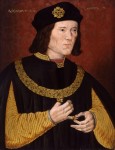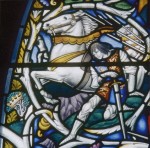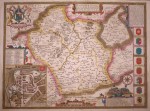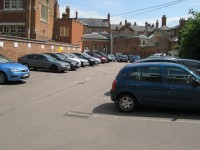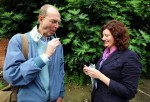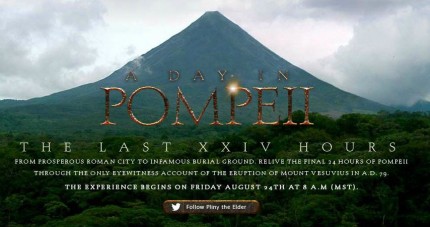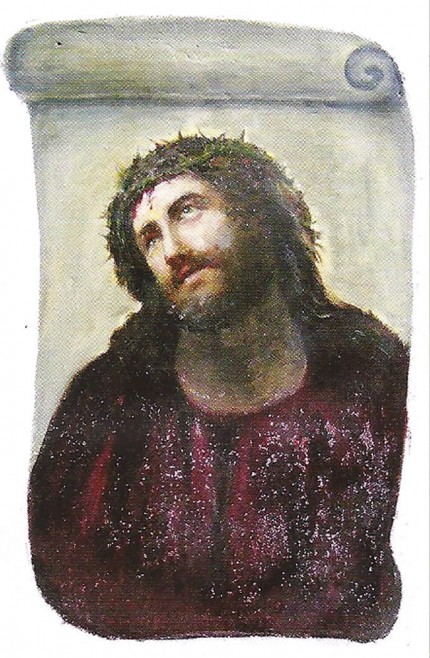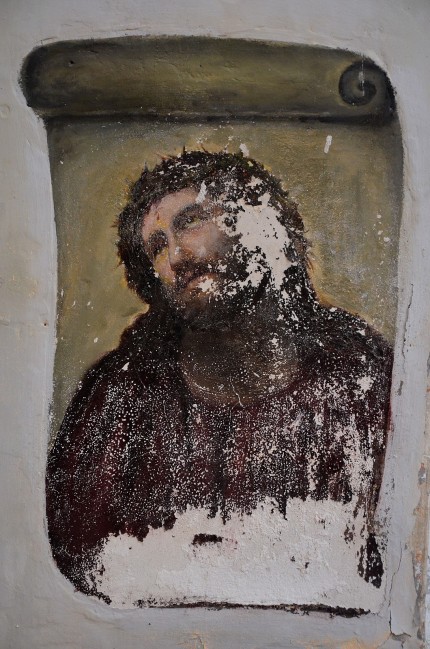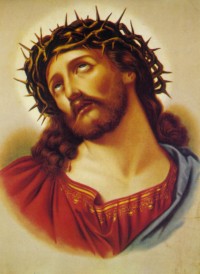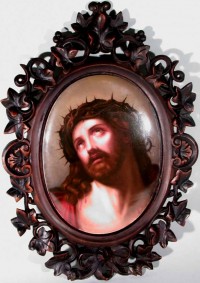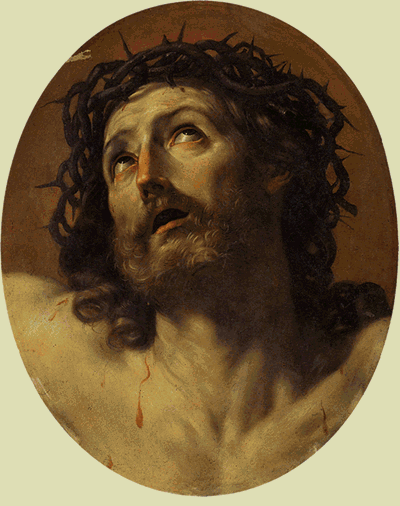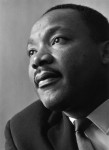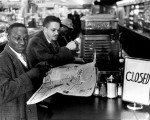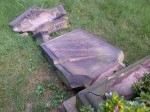 Brooklyn’s historic Green-Wood Cemetery was brutally vandalized the night of Monday, August 20th. Grounds workers discovered during the course of their duties Tuesday morning that at least 43 memorials, monuments and gravestones had been intentionally damaged. Some of the damage was minor, disrespectful but fixable with a cleaning. Much of it was considerably more severe, ranging from a trampled 19th-century American flag to shattered headstones. The total estimated cost of repair is more than $100,000.
Brooklyn’s historic Green-Wood Cemetery was brutally vandalized the night of Monday, August 20th. Grounds workers discovered during the course of their duties Tuesday morning that at least 43 memorials, monuments and gravestones had been intentionally damaged. Some of the damage was minor, disrespectful but fixable with a cleaning. Much of it was considerably more severe, ranging from a trampled 19th-century American flag to shattered headstones. The total estimated cost of repair is more than $100,000.
Urns were cracked and pushed off their bases. Four marble crosses were toppled; three of them broke into pieces.
Two memorial porcelain photographs of the deceased were scratched repeatedly; another was smashed with a rock. Three gravestones were smeared with mud. And, this: a trash receptacle rolled down a hill, two stop signs were folded in half, and a Toro Workman cart was pushed up an embankment in an apparent effort to turn it over.
 Three headstones in the Law family plot were knocked over. The mausoleum of the Bourne family, designed by Beaux-Arts architect Ernest Flagg, had one of a pair of classical stone vases framing it toppled and broken in two. The cemetery is in the process of contacting family members of all the vandalized graves, but it’s taking some time to reach the families of people who died in the mid-19th century. Their contact information is not current, needless to say.
Three headstones in the Law family plot were knocked over. The mausoleum of the Bourne family, designed by Beaux-Arts architect Ernest Flagg, had one of a pair of classical stone vases framing it toppled and broken in two. The cemetery is in the process of contacting family members of all the vandalized graves, but it’s taking some time to reach the families of people who died in the mid-19th century. Their contact information is not current, needless to say.
 Although Green-Wood, like most cemeteries, has dealt with vandalism before, it has excellent security. The 478-acre grounds are surrounded by a high cast iron fence; there are video cameras all over the park and a car patrol that operates 24 hours a day. A possible suspect was captured on video. The recording has been handed over to the NYPD Hate Crime Task Force which is investigating the case.
Although Green-Wood, like most cemeteries, has dealt with vandalism before, it has excellent security. The 478-acre grounds are surrounded by a high cast iron fence; there are video cameras all over the park and a car patrol that operates 24 hours a day. A possible suspect was captured on video. The recording has been handed over to the NYPD Hate Crime Task Force which is investigating the case.
The cemetery has already begun making repairs and will foot the bill, but they are asking for donations to help defray the cost. Click here if you would like to contribute.
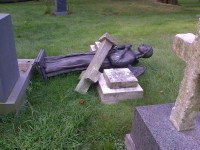
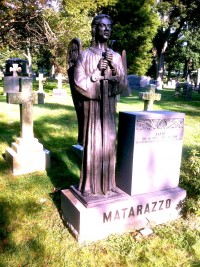
Established in 1838, Green-Wood was one of the first garden cemeteries in the country. Spacious burial grounds set in a landscaped park-like environment on the outskirts of a city were a reaction to the increasingly crowded urban churchyards which were often putrid, poorly guarded and vermin-infested. Old remains in such places had to be regularly disinterred to make room for new ones since there was little room for expansion.
Père Lachaise Cemetery in Paris was the first garden cemetery established in 1804. The first one in the United States was Mount Auburn Cemetery outside Boston in 1831. Its pastoral vista of rolling hills with classical monuments, bodies of water and groves of trees had the appeal of an English garden, then a popular landscaping trend. It was also non-sectarian, unlike the churchyards which determined who could be buried in them based on their religious affiliation.
 So beautiful and peaceful were the new garden cemeteries that they become popular tourist attractions. People would make a day of it and picnic on the grounds. These wide-open pastoral spaces for the dead inspired the creation of wide-open pastoral spaces for the people still living in the city, hence the construction of Central Park in New York City.
So beautiful and peaceful were the new garden cemeteries that they become popular tourist attractions. People would make a day of it and picnic on the grounds. These wide-open pastoral spaces for the dead inspired the creation of wide-open pastoral spaces for the people still living in the city, hence the construction of Central Park in New York City.
In the late 19th century, Green-Wood was the premiere burial ground for the rich and famous of New York. It also provided eternal rest to Civil War veterans, including ones who couldn’t pay, and to the victims of tragedies like the Brooklyn Theater Fire of December 5th, 1876.
 Some of Green-Wood’s 560,000 permanent residents include composer Leonard Bernstein, several Roosevelts, newspaper publisher Horace Greeley, Lola Montez (the dancer and courtesan whose charms brought down King Ludwig I of Bavaria), pioneering journalist Nellie Bly who famously beat Jules Verne’s fictional Phileas Fogg to go around the world in a record 72 days, Louis Comfort Tiffany and Boss Tweed.
Some of Green-Wood’s 560,000 permanent residents include composer Leonard Bernstein, several Roosevelts, newspaper publisher Horace Greeley, Lola Montez (the dancer and courtesan whose charms brought down King Ludwig I of Bavaria), pioneering journalist Nellie Bly who famously beat Jules Verne’s fictional Phileas Fogg to go around the world in a record 72 days, Louis Comfort Tiffany and Boss Tweed.
There are some lovely pictures of the cemetery today and in years past on Green-Wood’s Flickr photostream. Even today it’s a tourist destination, known not just for interesting themed tours of its permanent residents, but also for its excellent bird-watching and as a Revolutionary War battlefield (the Battle of Long Island was fought there).
